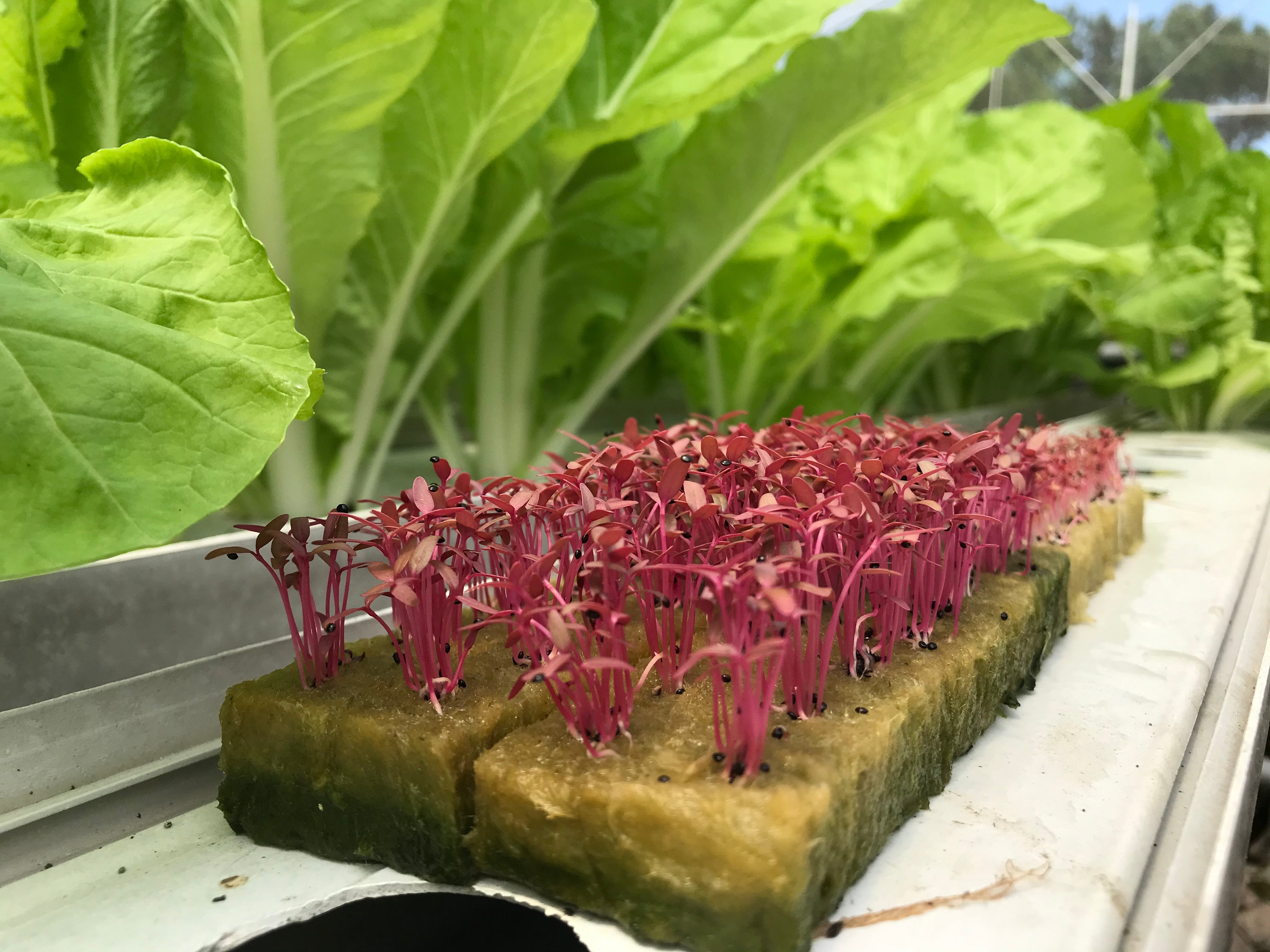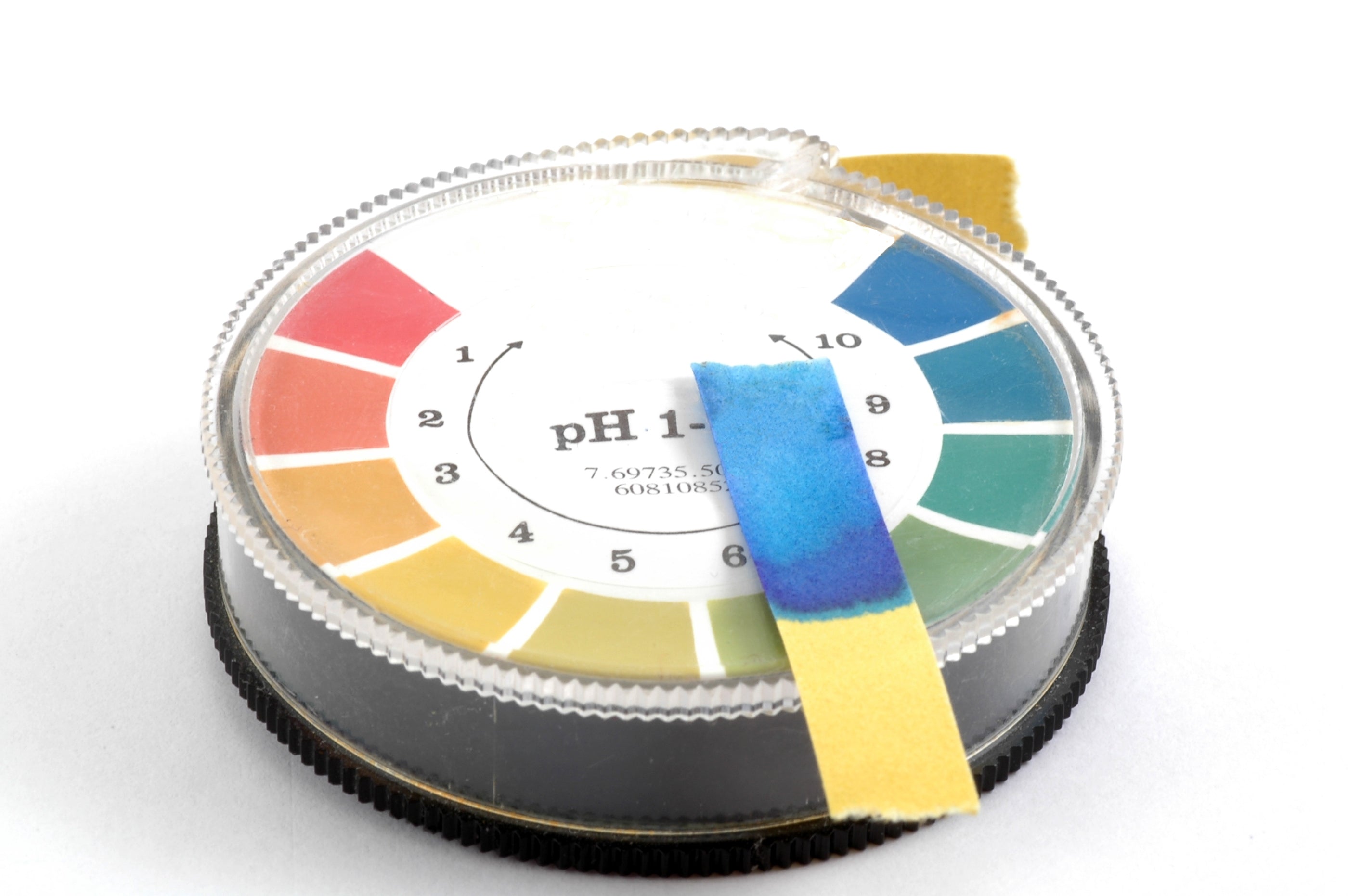Building a PVC Hydroponic System (NFT)

Everything You Need to Know When Building a PVC Hydroponic System (NFT)
One easy way to set up a hydroponic system is by using PVC pipe. PVC is hollow plastic/vinyl pipe used for plumbing and drainage. The pipes are durable, hard to damage, and long lasting. You can set up a PVC hydroponic system indoors or outdoors.
A PVC pipe system is a nutrient film technique (NFT) system. That means your plants sit in the pipe, and a thin stream of nutrient solution flows along the bottom of the pipe. The roots are not deeply submerged, rather they sit partially in the stream.
Here are two methods for building an NFT PVC pipe hydroponic system:
Method 1
You will need:
PVC Pipe: Choose a medium diameter pipe (3-6 inches). You will also need some fittings for changing direction.
Reservoir: A sturdy reservoir with a big enough volume to keep the pump underwater, even when the whole system is flowing
Pump: A submersible pump that has enough head to pump to your top row of plants
Rubber Tubing: To connect your pump to your system
Timer: This is kind of optional. Some people like to keep their NFT system flowing 24 hours a day. If the weather is cool, I actually prefer to turn the system off at night.
Net Pots: Net pots come in all different sizes. Measure the rim of your pot before you drill the holes in your PVC.
Expanded Clay Pellets: These will hold your plants upright in their pot
Rockwool Cubes: Any kind of starter cube will work, but rockwool cubes are the original medium for hydroponics.
Notebook and pencil: Don’t even think about doing anything without writing it down!

How to build it:
- Measure the net pot diameter, or trace it onto the PVC pipe. Measure the bottom of the pot, not the rim.
- Using a hole saw, evenly space your holes, now known as plant sites. Remember, your plants will get huge, so leave plenty of space between plant sites. It’s better to have fewer, well spaced plants than crowded plants.
- Build your system. There are many different configurations. My advice is to be sure you have each pipe on enough of an angle to keep the hydroponic water moving at all times. As the roots get bigger, the water tends to pool around the roots if there’s not enough of an angle. Also, don’t make it too long. If you plan to have very long runs of pipe, consider using more than one pump, one for each row.
- A white reservoir and white tubing stay cooler than dark colored ones. Absolutely don’t get anything transparent unless you love algae.
- Test your PVC pipe system and make sure all the parts are running smoothly.
- Plant your seeds in rockwool cubes for hydroponics, or any other medium that works for you.
- When the seedlings are ready, tuck each one into a net pot. Fill with hydroton and insert into your system. Be sure the roots are touching the stream of water in the pipe.
- Add nutrients, plug in your pump and watch your plants grow!
- Write everything down so if your plants don’t grow, you will know what you did wrong (or right!)
Method 2
You will need:
- Eight 8-ft 2x4 pieces of wood
- 3 sawhorse brackets
- A 70-gallon reservoir with a cover, ideally black
- 6 ft of ¼” black tubing
- A submersible water pump
- A submersible pump filter
- Eight 10-ft x 3 in. PVC pipes
- Ten 3 in. long sweep PVC elbows
- One 3 in. short sweep PVC elbow
- One 3 in. PVC pipe end cap
- An air pump
- 18 metal plant hangers
- 2-inch net pots
- An electric drill, plus a ¼-inch drill bit, and 1.5-inch self-feed or hole saw drill bit. While your pots are 2 inches, if you cut the holes this big, the net pots will likely fall in.
Instructions
Building the Frame
- Put the 2x4 wood into the sawhorse brackets, this will create 3 sets.
- If your hydroponic area is outdoors, you can bury the feet to lend more support.
- Put the A-frames so that one of the 2x4s can sit on top in the sawhorse bracket. There should be approximately 3.5 feet between the centre A-frame and the outer ones. You can brace the A-frames with the remaining wood.
- These 3 A-frames need to be solid and sturdy before you start placing tubing on them.
Preparing PVC Tubing
- You next need to cut the end pipes to the length you require.
- Put the plant hangers on the legs either side. You shouldn’t have more than a 2% gradient.
- Put 6 of the 10ft tubes on the plant hangers and add in the long sweep elbows.
- The tubing should run around the A-frame, going from the top of one side to the bottom of the other, where the reservoir will be placed.
- There should be holes in the tube, drilled 6 inches apart. You can expect to have about 120 holes drilled by the time you have finished.
- You may need to use PVC cement to thoroughly fasten the tubes and elbows together so that there are no leaks.
- The short sweep elbow should point down to return the water back to the reservoir.
Preparing the Reservoir
- The reservoir needs to be placed below the end pipe. The short sweep elbow should pass through the lid of the tank so that the nutrients don’t see light and build up algae.
- Put the submersible pump inside the filter bag to reduce debris clogging up the pump.
- Fill the tank and run water through the system.
- This system runs 24 hours a day, so there is always a supply of water and nutrients to the plants’ roots. It’s not on a timer and doesn’t ebb and flow.
Some top tips: If at all possible, try to find flat-based PVC gutters with a solid cover rather than round PVC pipes because the solution doesn’t cover all the roots evenly in round PVC pipes. Flat gutters are better, although they can be a bit more difficult to get hold of. Square tubing is good too. You can still use round pipes for elbows if you need to. It’s not advisable to have tubing beyond 10 feet initially because the plants at the start of the tube will get the most nutrients, and those at the end will get less. If you have holes in the tubes that aren’t blocked by plants, this is a place where algae can get in and grow. You could cover the holes with a split PVC tube if this is the case.
For more great content check out the Proponics YouTube channel below!

Meredith Martin started a small hydroponic farm in 2004. Within a few years, it was supplying basil to more than 20 supermarkets. She has since sold the farm and now spends most of her time skiing, windsurfing and travelling.

& Max Barnes
Max Barnes is a long-time homesteader and author. Max grows the majority of his own food year-round using a variety of different methods, including hydroponics. Hydroponic gardening plays a huge part in his homestead and self-sufficiency goals.




